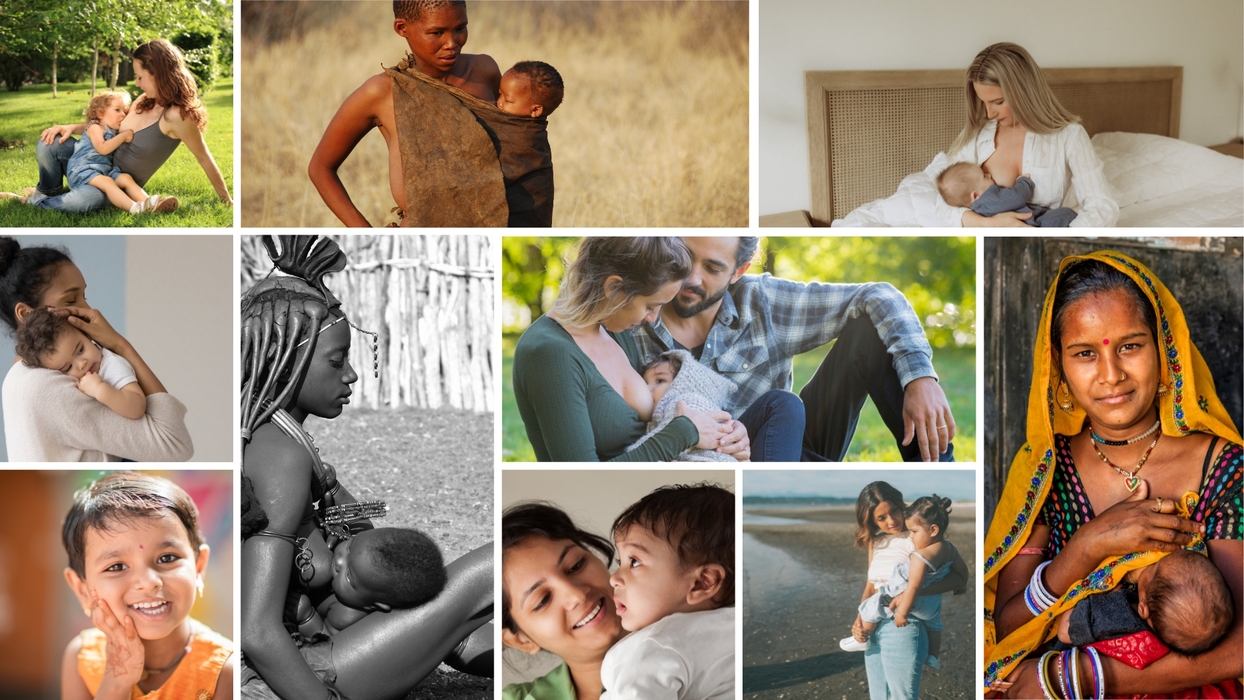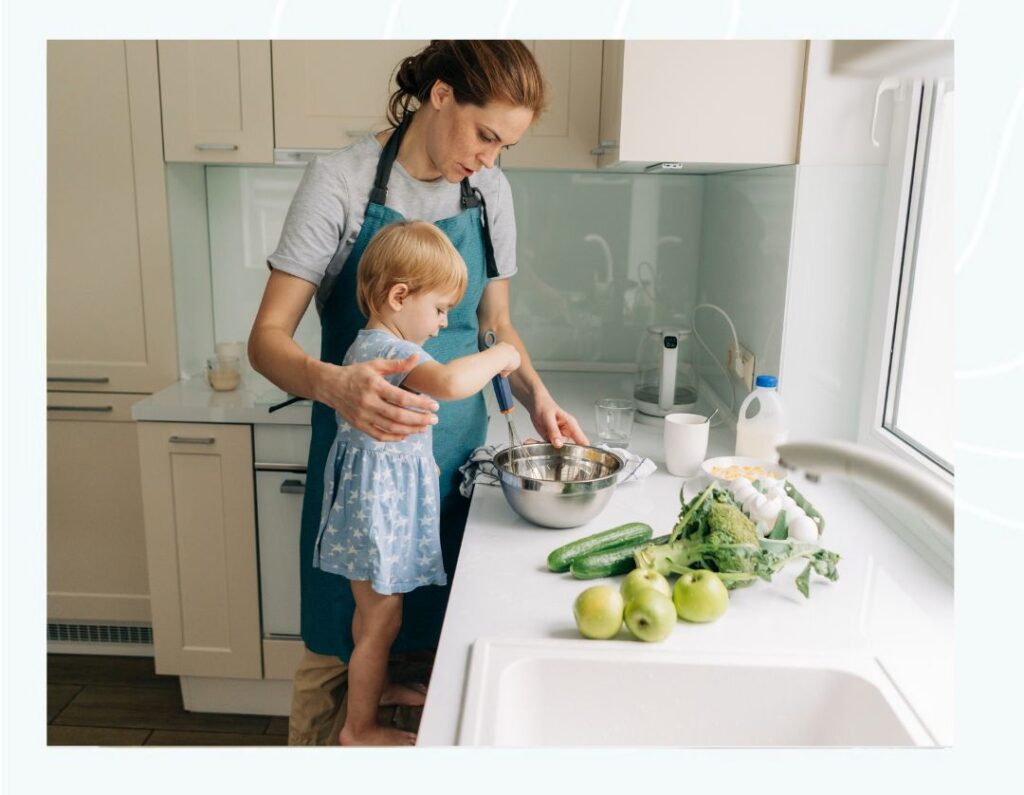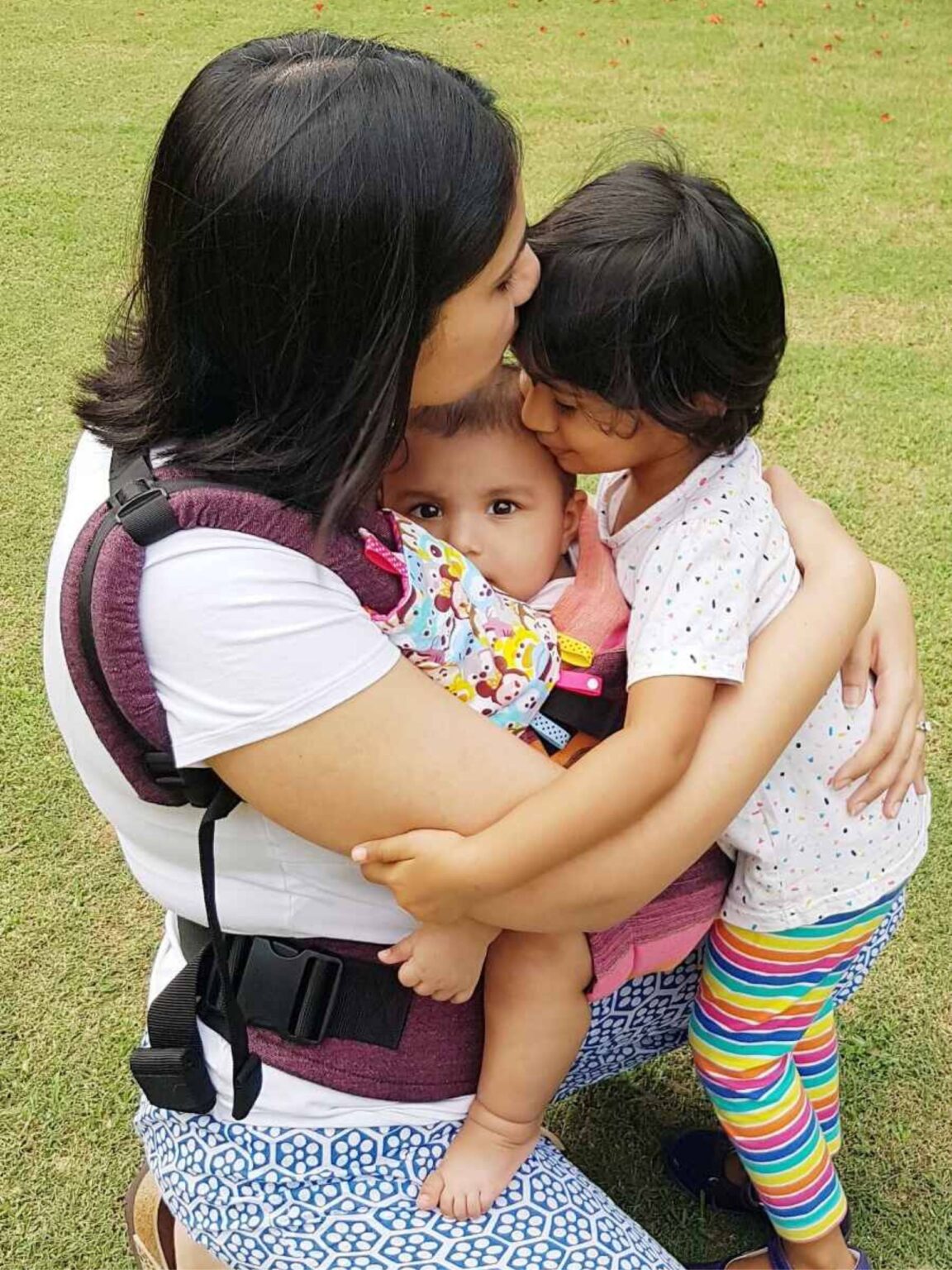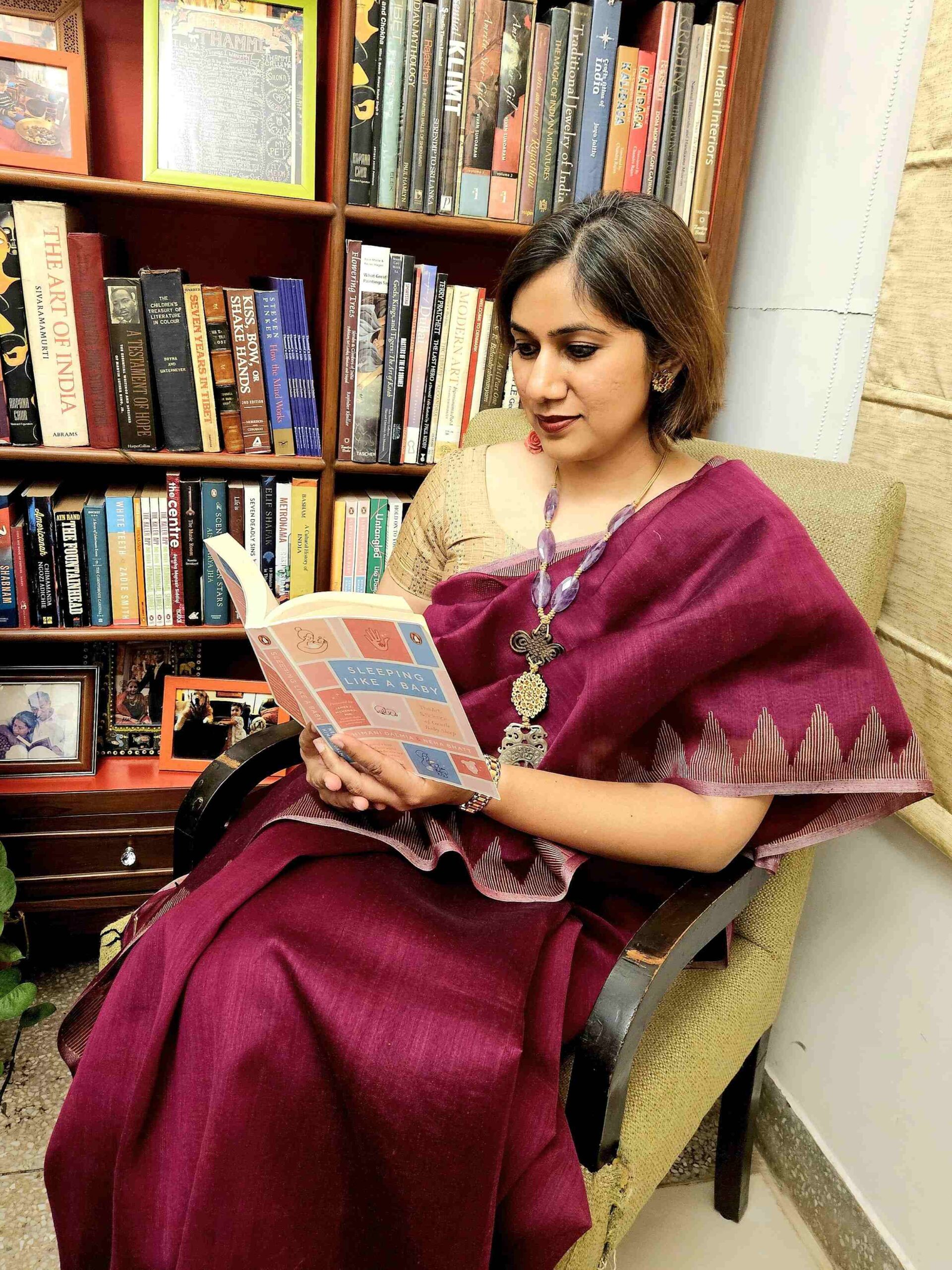
Natural Weaning: Let Breastfeeding End the Gentle Way
A Compassionate Guide to Self-Weaning and Extended Nursing by Himani Dalmia
70+ pages of research, real-world perspectives, FAQs, practical tips and grounded philosophy!
If you’re wondering what the best way to stop breastfeeding may be, this guide will give you a way of thinking about nursing and weaning with clarity, compassion, and confidence.

Natural Weaning: Let Breastfeeding End the Gentle Way
A Compassionate Guide to Self-Weaning and Extended Nursing by
Himani Dalmia
70+ pages of research, real-world perspectives, FAQs, practical tips and grounded philosophy – a way of thinking about breastfeeding and weaning with clarity, compassion, and confidence.



What is Natural Weaning?
Natural weaning, also called self-weaning or child-led weaning, is when a child stops breastfeeding on their own – without pressure or force. It’s the most biologically normal way to end breastfeeding and has been practiced across cultures and generations.
Rather than a rush towards “weaning off breastfeeding”, natural weaning respects a child’s emotional and developmental readiness. There’s no strict plan or “weaning hack.” Just a quiet trust that your child will let go when they’re truly ready – usually between 2.5 and 7 years of age.
✨ Breastfeeding gradually fades
✨ Your child’s needs change naturally
✨ You don’t need to decide now

Why Extended Breastfeeding Is a Win-Win
Breastfeeding beyond infancy isn’t “extra” – it’s simply natural.
Breastmilk continues to nourish a child physically, emotionally, and neurologically beyond the first year. It’s an anchor during tantrums, transitions, and teething – and a shortcut to calm.
🌼 Supports long-term immunity and brain development
🌼 Builds deep emotional security
🌼 Makes parenting easier, not harder
🌼 Offers comfort and connection through big changes



What Did Our Ancestors Do?
Across history and around the world, children naturally weaned off the breast at 3–6 years. Indigenous, rural, and traditional cultures allowed children to breastfeed until they lost interest – with no pressure to stop “early.”
In contrast, breast weaning at an early age is largely a modern invention – shaped by formula marketing, industrialisation, and social norms.
Letting your child self-wean is not new. It’s ancestral, intuitive, and science-backed.

Myths That Need Busting
- 🚫 “They'll never stop breastfeeding on their own”
- 🚫 “You must wean if you’re pregnant”
- 🚫 “Breastfeeding causes tooth decay”
- 🚫 “They’ll never eat solids”
- 🚫 “It’s just a bad habit”
- Science, history, and instinct say otherwise.
- Your breastfeeding journey is a solution, not a problem - and worth defending.


✅ Solutions You Need
You may be wondering how to
✨ Return to work while breastfeeding
✨ Manage teeth and biting
✨ Promote good sleep without weaning off breastfeeding
✨ Balance breastfeeding and solids

🤝 The hardest part of extended breastfeeding? Not the child - the world.
You may face stares, snide comments, or pressure from family. But remember:
❤️ Breastfeeding older children is normal
🧠 Discomfort lies with the observer — not with you or your child
🌱 Perceptive mothering lets you set healthy boundaries with empathy
You don’t need to justify connection.
And yet there is an art to handling the world.



Want more? Dive deeper into the full Natural Weaning PDF Handbook.
✅ Culturally rooted insights
✅ Real-life stories from parents
✅ Science-based myth busting
✅ Working-mom solutions
✅ Tear-free, child-led weaning guidance
There is no ‘right age’ to wean. There’s only your child’s readiness - and your capacity to trust it.”
— Himani Dalmia
Weaning doesn’t need to be a stressful decision. When you trust your child’s rhythm and your own instincts, breastfeeding becomes not just feeding, but freedom.
You are not spoiling your child. You are meeting their needs with patience, empathy and love.
Hi! I’m Himani



